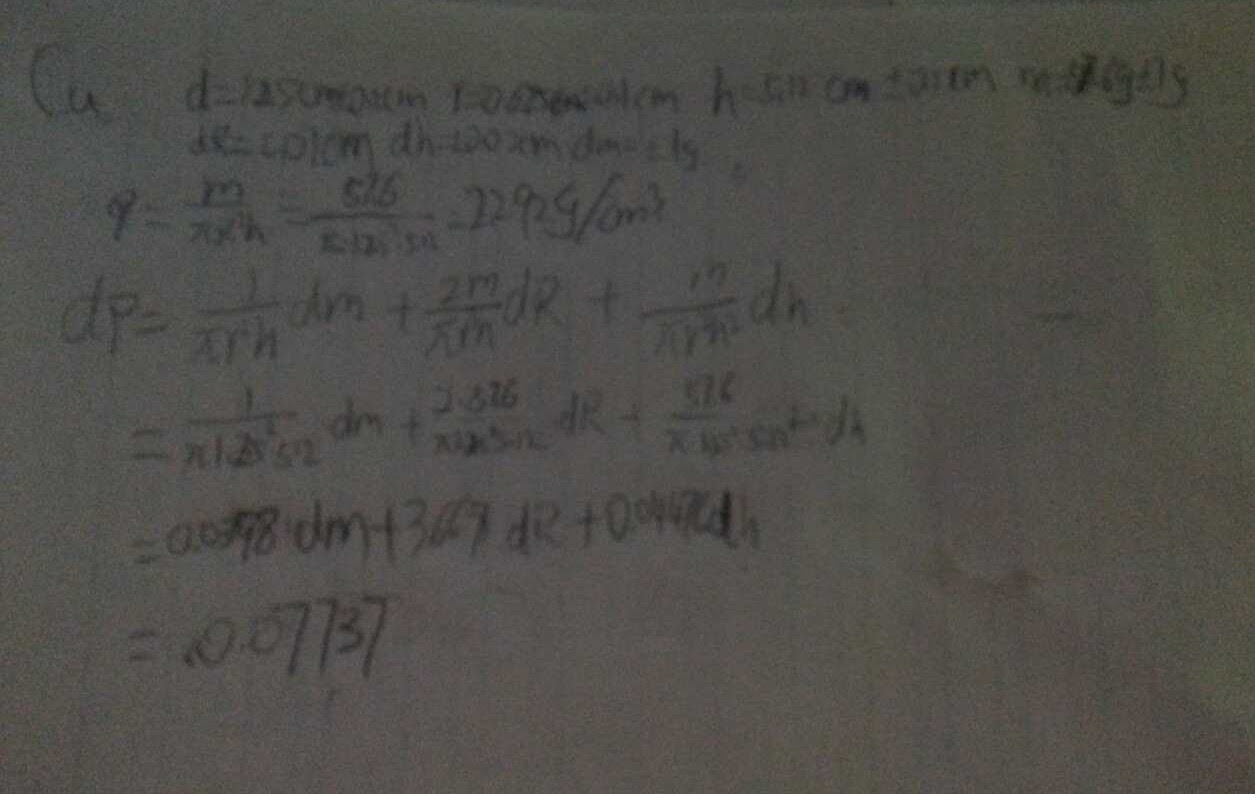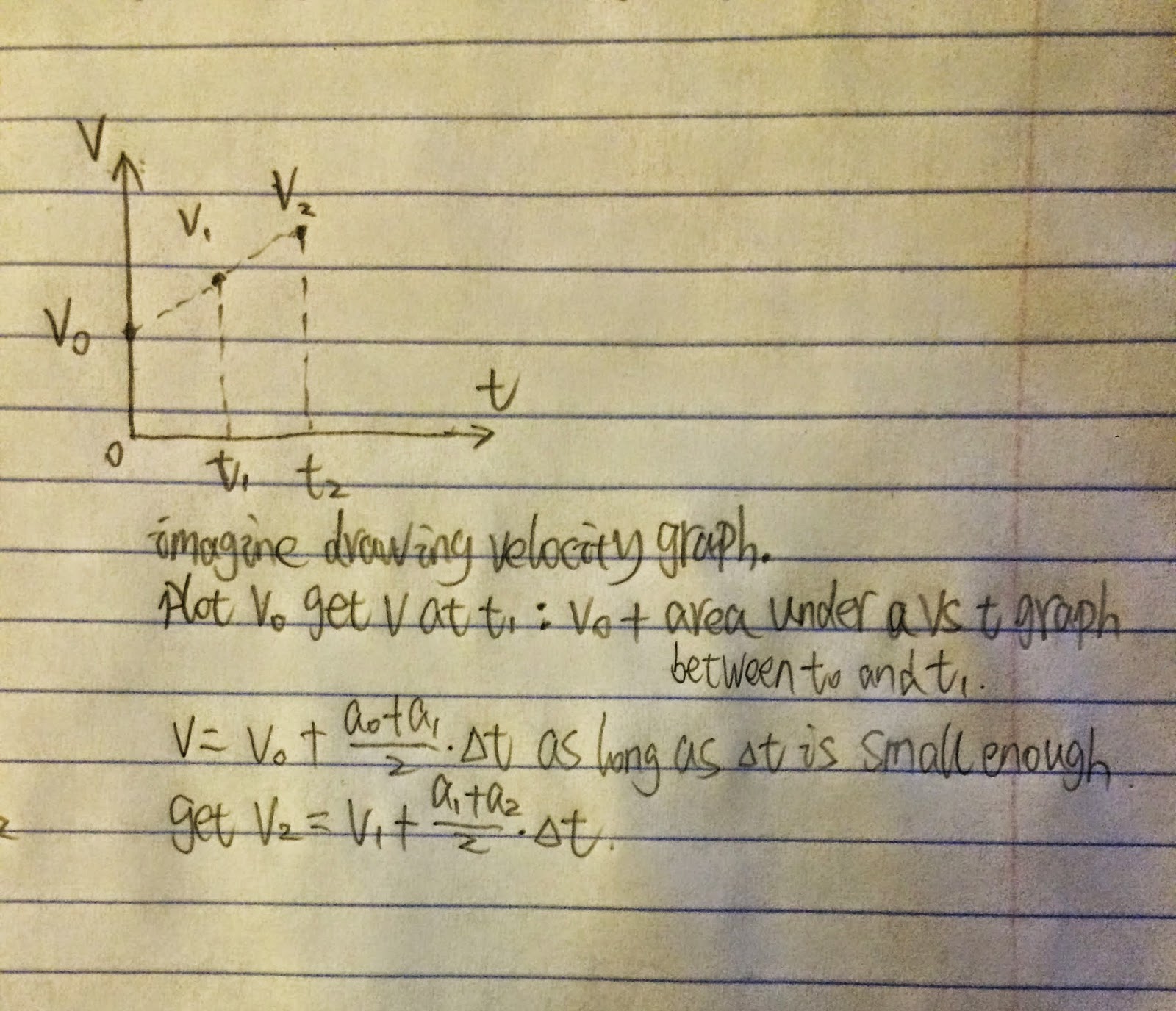Static Friction describes the friction force acting between two bodies when they are not moving relative to one another. a coefficient of static friction μ(s), defined as :
μ(s) = f(static, maximum)/ N
First of all, prepare some blocks which have different surface(means blocks have different coefficient of friction), Also prepare a pulley, a water cup, a empty cup, and a string:

mass of Normal block = 270.4g
mass of Red block = 126.3g
mass of each Blue block = 44.1g
mass of empty Cup = 2.9g
 And then, set up all of equipment such like the picture:
And then, set up all of equipment such like the picture:we are going to add water to the empty cup shown a little bit of a time until the block just starts to slip.
1) Put the Red block on the tabletop: when add water to the empty cup until the cup has mass 49.9(mass of empty cup 2.9g + the mass of water 47g), the red block just starts to slip.
2) Put Red block on the tabletop and Put Normal block on the top of Red block : when add water to the empty cup until the cup has mass 119.5g (mass of empty cup 2.9g + the mass of water 116.6g), Two blocks just starts to slip.
3) Put Red block on the tabletop, Put Normal block on the top of Red block, and put a Blue block on the top of normal block: when add water to the empty cup until the cup is mass 127.1g (mass of empty cup 2.9g + the mass of water 124.2), Three blocks just starts to slip.
Then put the measurements into Data Set:

There is a graph about Normal Force vs. Friction Force coming out:

From this graph, we know the A is the coefficient of static friction μ(s) which means there is the coefficient of static friction μ(s) = 0.2985 between red block and tabletop.
Part 2 : Kinetic Friction
We model sliding, or "kinetic", friction as being proportional to normal force, and independent of the area or speed of the moving object. we write:
f(kinetic) = μ(k)N
In our model, the kinetic friction force has a fixed value for a given N, regardless of the speed of the motion. We will use a Force sensor in this part of the lab. Plug in a LabPro and connect it to the computer with the USB cable. Plug the force probe into the LabPro. Switch the force probe so that it reads in the 10-N range. We are using the red block which mass is 126.3g to do this lab.
For run 1(red line), we were pulling the red block with a average force P(1)= 0.4457N
For run 2(blue line), we were pulling the red block and normal block is on its top with a average force P(2)= 1.236N
For last run(green line), we were pulling the red block and normal block and blue block on its top with a average force P(3)= 1.386N

Then, we plot the data into Data Set.
we will have a with graph of Normal Force vs. Friction Force.
the slope of the line is the coefficient of static friction μ(k) = 0.2758 between red block and tabletop.
Part 3 : Static Friction From A Sloped Surface.
Place a block on a horizontal surface. Slowly raise one end of the surface, tilting it until the block starts to slip. Use the angle at which slipping just begins to determine the coefficient of static friction μ(s) between the block and the surface.

1) Place a red block on a horizontal surface. when the red block starts to slip, the angle θ is 19°.
For this condition, we know the coefficient of static friction between the block and surface μ(s) = tan 19° = 0.3443
2) Place a red block that there is a normal block on it top on a horizontal surface. when the red block starts to slip, the angle θ is 12°
For this condition, we know the coefficient of static friction between the block and surface μ(s) = tan 12° = 0.2126
3) Place a red block that there are a normal block and a blue block on it top on a horizontal surface. when the red block starts to slip, the angle θ is 10°
For this condition, we know the coefficient of static friction between the block and surface μ(s) = tan 10° = 0.1763
Part 4 : Kinetic Friction From Sliding a block down and incline.
With a motion detector at the top of an incline steep enough that a block will accelerate down the incline, measure the angle of the incline and the acceleration of the block and determine the coefficient of kinetic friction between the block and the surface from our measurements.
From the motion detector and the labPro, we have the graph of velocity vs. time. And the slope is the acceleration a = 1.61 m/s^2

we know the angle θ = 30°, the mass of red block = 126.3g, the acceleration = 1.61 m/s^2. then calculate the coefficient of kinetic friction between the block and surface μ(k) by Newton's law.
Part 5 : Predicting the acceleration of a two-mass system.
Using our coefficient of kinetic friction result from part 4 above, derive and expression for what the acceleration of the block would be if you used a hanging mass sufficiently heavy to accelerate the system as shown.
Predicting first, the predict of calculation is :
However, from the LabPro in the computer we have this graph of velocity vs. time about the block.
we could see the slope is 0.2983 m/s^2 from the picture. which means that the acceleration 0.2983 m/s^2 collected by the sensor is far from the acceleration 0.5813 m/s^2 we predicted. My partner and I may made some mistakes or wrote down some wrong data. that's why our predict is different the experimental.




.JPG)

















.JPG)


.JPG)






.JPG)




(P_ZZ_V1D%7D%25%5D%7D~L.jpg)
Z%60)E.jpg)









